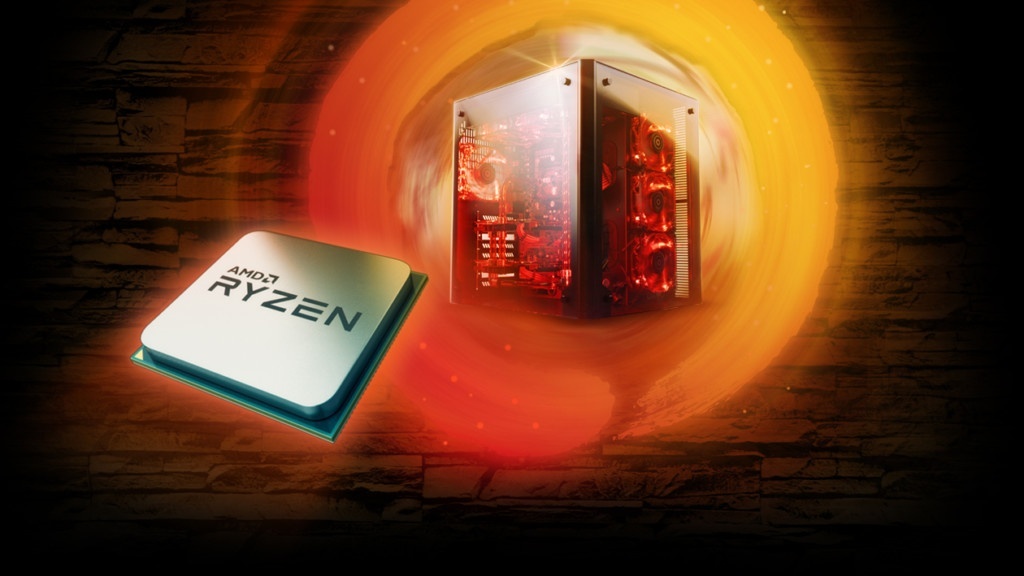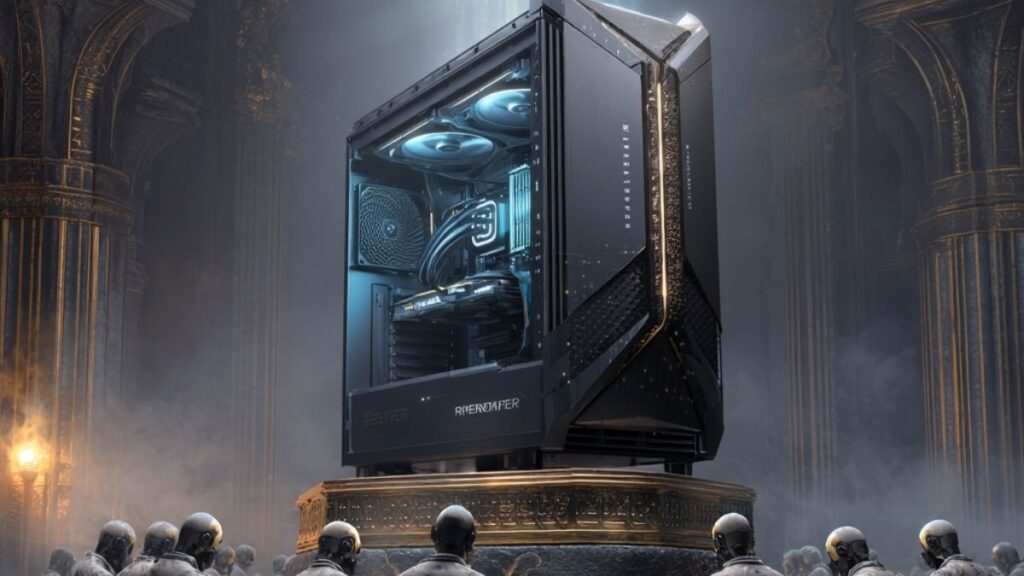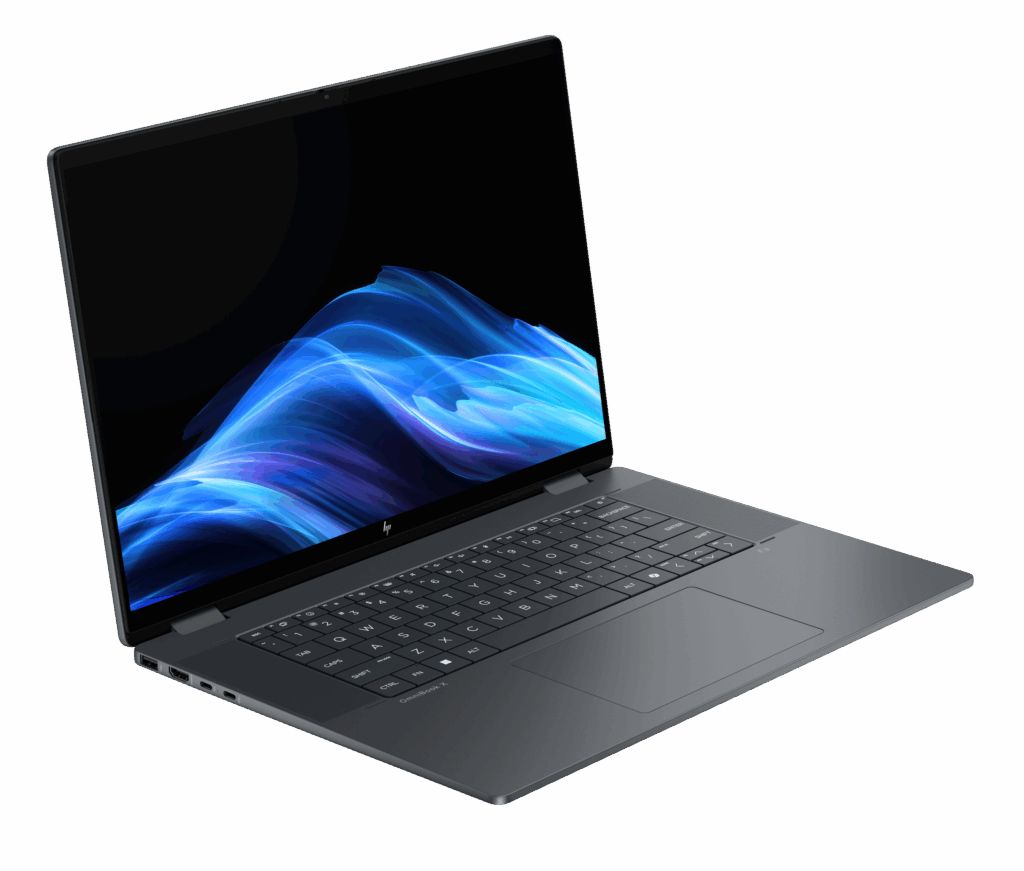I’ve never seen a company so cripple itself as I have with Intel recently. From OEM support, to marketing, to just good governance—Intel appears to have all but abandoned the PC market even though companies like HP (speaking of HP, they are doing some really interesting things of late) are surging in it. But that has left a huge opportunity for AMD to fill the gap, and this week they announced their second-generation Ryzen Processors. For once however the most interesting things about this release aren’t the processors, but the software and features that AMD wrapped around them.
It is this unique value add that I think makes for a very compelling reason to go AMD this cycle, well that and the fact Intel got caught screwing its investors, customers, employees, and country.
Let’s talk Second-Generation Ryzen this week:
The Most Interesting Parts
Now, for me, there are two classes of parts that clearly stand out and these are the APUs for desktop and mobile. The AMD APU is a blended CPU and GPU which is where AMD’s greatest advantage lies. With Secon- Generation Ryzen, AMD matches Intel on the CPU but they have always exceeded Intel significantly with graphics, so their APU solution significantly outperforms Intel’s more poorly-performing integrated CPU with integrated graphics alternative.
One interesting, and often embarrassing, thing about an AMD motherboard is that it doesn’t have integrated graphics while Intel’s motherboards do—but both have monitor ports on the back. If you don’t buy an AMD APU or a graphics card, the AMD system won’t post. Intel will, even though—if you’re smart–you’ll bypass the Intel integrated graphics with an AMD or NVIDIA graphics card if you want acceptable performance on anything other than the web or Microsoft Office.
The mobile parts haven’t released yet, but I can say the hottest notebook I’ve seen that hasn’t yet been announced uses one of these parts so hang in there a few weeks and I’ll revisit this and point that puppy out.
Another part that just puts a big honking grin on my face is Threadripper, but sadly that isn’t due until the second half, but it’ll be worth waiting for.
Otherwise, on performance these are 12nm parts and that means overclock speeds are up, latency is down, and performance is up. With benchmarks, the biggest gains aren’t with games (which are more reliant on the GPU anyway these days, but with productivity apps like photoshop which are showing up to a 21 percent performance improvement. Oh, and if you are thinking green, for the same performance as last year’s part you should see around an 11 percent reduction in energy use. It’s just the nature of the new process and some efficiency improvements.
New Features
What really makes this launch interesting to me are the features that AMD has wrapped the parts with. This stuff is kind of cool so let me walk you through the elements.
- Pure Power: I really don’t like noise and there is no reason for the cooling fans to be spun up unless I’m pounding on the processor with a top tier game or a processor-intensive application like Photoshop. Pure Power uses hundreds of networked sensors to make sure my system isn’t any louder than it needs to be.
- Extended Frequency Range 2: I think this is geeky cool, if I build a system with an air cooler but then add a water cooling solution it will automatically boost performance to take into account the better cooler. I don’t have to do anything, it senses the better cooler and gives me a boost. (I kind of want to see what this would do with liquid nitrogen, but I’ll bet this is range limited).
- New Wraith Prism Cooler: I build a lot of systems during the year and often I hit a wall with the damn cooler. The ones that used to come with the Intel processors looked like crap and then figuring out which cooler I had worked with what often was a new socket would force me into buying another new cooler I shouldn’t have needed. Well Ryzen 2 ships with the new AMD Wraith Prism Cooler and it is lighted with controllable LEDs and it actually looks pretty decent (Though I’d likely still replace it with a liquid cooler, given the above, it is nice to have the option).
- Ryzen Master: This is a geeky cool tool that lets you fine tune your new processor (read overclock the crap out of it) easily. One nice addition is a built-in stability tester, so you don’t black screen your overclocked system.
- StoreMI: This is another feature you likely didn’t know you wanted. What this allows you to do is install a huge cheap magnetic drive and then a relatively small SSD. This feature then optimizes the two together, so you get SSD like performance but the price and capacity of a magnetic drive potentially saving hundreds of dollars. It gives you a near 3x to near 10x speed boost from normal hard drive performance. The performance profiles AMD shared had this technology performing equal to a full SSD drive implementation. Look for it on X470 motherboards.
Wrapping Up
In the end, given how deeply Intel has cut their processor efforts since their latest CEO took over it is a wonder anyone is still buying parts from them. They have clearly decided the PC isn’t that interesting to them anymore. However, AMD has stepped into the gap with a compelling new part and the systems I’ve seen coming to market and the best AMD’s partners have ever fielded. While it is premature to claim the “King” is dead, long live the new King pertaining to Intel and AMD. If AMD continues to out execute Intel, that statement will likely be viable before the end of the decade.
- Apple’s Latest Magic Show: A Super-Thin Phone Nobody Wanted and Two Gadgets You’ll Actually Buy - September 12, 2025
- Google’s Antitrust Defeat: How the U.S. Government Handed Microsoft a Huge Advantage - September 9, 2025
- More Than Moore’s Law: AMD’s 30-Year Masterclass in Corporate Responsibility - September 2, 2025



